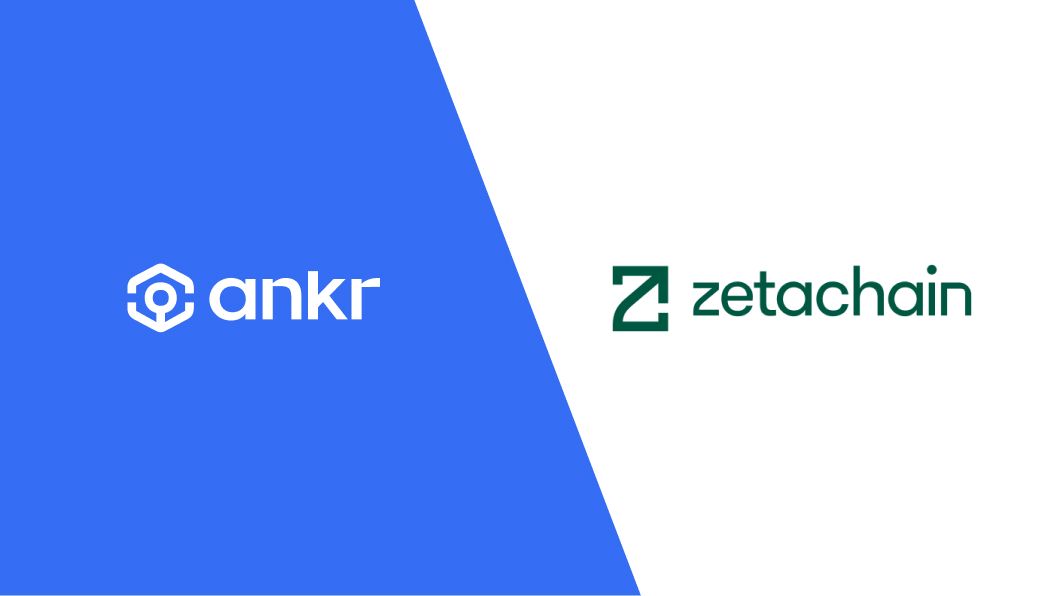Understanding Liquidity Pools: The Impact of Concentrated Liquidity

Ethan Nelson
May 31, 2023
6 min read

Decentralized finance (DeFi) has revolutionized the financial landscape, offering new opportunities for individuals to engage in open, permissionless, and borderless financial transactions. At the heart of many DeFi protocols lie liquidity pools, which play a vital role in facilitating efficient trading and providing liquidity for various digital assets. In recent times, the concept of concentrated liquidity has emerged, offering an alternative approach to traditional automated market makers (AMMs).
In this article, we will explore liquidity pools, their significance in DeFi, and how concentrated liquidity impacts them, featuring several prominent examples of protocols utilizing concentrated ilquidity.
Understanding Liquidity Pools
Liquidity pools are pools of funds locked in smart contracts that enable users to trade digital assets without relying on traditional order book systems. These pools operate on the principles of AMMs, which utilize mathematical formulas to determine asset prices based on supply and demand. Users can contribute their tokens to a liquidity pool, and in return, they receive liquidity provider (LP) tokens representing their share of the pool's total value.
The Role of Liquidity Pools in DeFi
Liquidity pools have emerged as a central component of decentralized finance protocols, providing a foundation for a wide range of financial activities, including token swaps, lending, borrowing, and yield farming. These pools facilitate the exchange of assets by pooling them together, allowing traders to easily swap one token for another without the need for an intermediary. In addition to providing liquidity and enabling smooth trading experiences, liquidity providers also contribute to the stability of asset prices.
In fact, the more liquidity providers there are, the less likely it is that prices will be subject to sudden and drastic fluctuations. This is because a larger number of liquidity providers means that there are more market participants supplying and demanding assets. As a result, the market is more balanced, with supply and demand more closely aligned, reducing the risk of price instability. Furthermore, liquidity providers earn transaction fees proportional to their share in the pool, incentivizing participation and providing a source of income for those who provide liquidity. By enabling a wide range of financial activities and contributing to the stability of asset prices, liquidity pools have become an integral part of the decentralized finance ecosystem.
Concentrated Liquidity: A New Paradigm
Traditionally, AMMs like Uniswap spread liquidity across the entire price range, allowing users to trade any amount of an asset within the pool. But with concentrated liquidity, liquidity providers (LPs) can focus their capital on smaller price intervals, resulting in individualized price curves, improved capital efficiency, and deeper liquidity for traders.
Previously, the XYK model was used in automated market makers (AMMs), which aimed to maintain a constant balance within a liquidity pool regardless of the tokens' current prices. However, this model spread liquidity across all price ranges, leading to smaller trading fee bonuses for LPs and higher slippage. The new model of pooling liquidity, known as concentrated liquidity, seeks to address these shortcomings by allowing LPs to allocate liquidity to specific price intervals and create unique price curves aligned with their preferences.
Under the concentrated liquidity model, when the price enters a certain range, the liquidity aggregated for that range starts collecting trading fees, which are distributed among LPs based on their contribution to the liquidity within that price range. As the price fluctuates, liquidity from different LPs is used for swaps, and traders benefit from the aggregated liquidity covering the current price, experiencing deeper liquidity and reduced slippage.
Concentrated liquidity offers advantages to both LPs and traders. LPs can allocate their capital to preferred price intervals, earn more fees, and use liquidity more efficiently. Traders enjoy deeper liquidity and reduced slippage. One decentralized exchange, Algebra Finance, supports concentrated liquidity and allows users to choose their desired price range when providing liquidity.
To use concentrated liquidity on Gamma, users can open the Pool section on the Gamma dApp, select a token pair, and specify the price range within which they expect their position to move. They have the option to provide liquidity across the full range or narrow their range based on market conditions. Typically, users set an approximate range around 30% of the current price. When the price falls outside the chosen range, liquidity providers stop earning fees, and their liquidity is converted into a single asset. You can find out more information about Gamma concentrated liquidity pools here.
While concentrated liquidity has provided effective ways for LPs and traders to capitalize on their assets, it also has certain disadvantages that will be discussed in future articles.
Impact of Concentrated Liquidity
Enhanced Capital Efficiency: By focusing their capital on narrower price ranges, LPs can increase the utilization rate of their liquidity. This means that a larger portion of their funds is actively used for trading purposes, rather than sitting idle in less frequently traded price ranges. As a result, LPs can achieve higher capital efficiency because their liquidity is being utilized more effectively.
Customized Risk-Reward Profiles: By selecting specific price ranges, liquidity providers can tailor their risk exposure to their preferred risk-reward profiles. This flexibility empowers LPs to optimize their capital allocation strategies according to their individual preferences.
Concentrated Liquidity Examples
Balancer - Balancer is a prominent DeFi protocol that introduced the concept of concentrated liquidity pools. It enables liquidity providers to set custom weightings for multiple assets within a pool, allowing for dynamic exposure to different assets and optimizing capital efficiency.
Thena - Thena, a decentralized exchange, has recently released concentrated liquidity pools on their platform. This allows stakeholders to direct future emissions and collect fees from the pools they voted for, while also providing enhanced capital efficiency and deeper liquidity for traders.
Chronos - Chronos is a community-driven decentralized exchange (DEX) that operates as a liquidity layer and automated market maker (AMM) on the Arbitrum network. It aims to provide users with faster and cheaper transactions, while also enabling high liquidity and low slippage through its concentrated liquidity pools.
Glacier - Glacier is a decentralized exchange (DEX) that provides lower slippage, lower fees, a high-value emission token, and deep liquidity for traders. It is a platform that utilizes concentrated liquidity pools to provide enhanced capital efficiency and customizable risk exposure for liquidity providers.
Ramses — Ramses takes a unique approach to pairing incentive multipliers with liquidity concentration to achieve next-level capital efficiency. This disruptive method produces the lowest slippage currently feasible in DeFi. In addition, Ramses will have concentrated liquidity pools available in the near future.
Conclusion
Liquidity pools have revolutionized DeFi by providing the necessary liquidity for various financial activities. Concentrated liquidity pools offer a novel approach, enabling enhanced capital efficiency and customizable risk exposure for liquidity providers. Through partnerships with platforms like Balancer, Curve Finance, and SushiSwap, concentrated liquidity is becoming an integral part of the DeFi ecosystem, further expanding the possibilities for efficient and flexible trading. As DeFi continues to evolve, liquidity pools and their various iterations will play a pivotal role in shaping the future of decentralized finance.
Similar articles.

Application-Specific Blockchains: More Flexibility & Scalability for Web3 Development
Blockchains for Application: Greater Flexibility and Scalability for Web3 Development

Introduction
All inventive scaling methods have emerged in the continuous attempt to make blockchains sufficiently...

Part 1: Guide To Launching Your Own Blockchain With AppChains

Kevin Dwyer
March 7, 2023

Ankr AppChains allows any Web3 application or project team to create their own dedicated blockchain as a sidechain in ecosystems like Polygon, BNB Application Sidechains,...

ZetaChain: Ankr's Newest RPC Connection

Kevin Dwyer
April 3, 2023

Start building on the only public blockchain connecting all others with Ankr’s RPC connection and gateway to communicate with ZetaChain.
Ankr is thrilled to...



